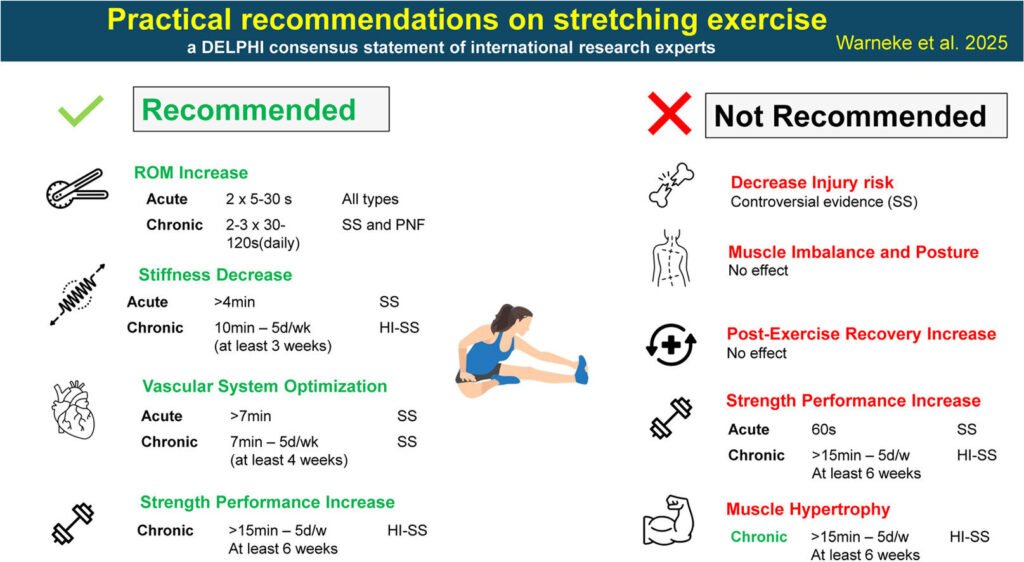Stretching is a fundamental aspect of any fitness routine, but the debate over its effectiveness and best practices has been ongoing for years. To address this issue, a team of international researchers led by Prof. Dr. Dr. Jan Wilke from the University of Bayreuth has developed evidence-based stretching recommendations for practical use. Published in the Journal of Sport and Health Science, these recommendations aim to provide clarity on when and how stretching should be incorporated into an exercise regimen.
Despite the popularity of stretching, there has been a lack of concrete guidance on its application. The team’s recommendations aim to dispel common myths and settle controversies surrounding stretching. They emphasize that while stretching can improve flexibility and aid in injury prevention, it may not always live up to its promises. For instance, stretching alone may not correct postural issues or prevent injuries as effectively as believed.
The research team, comprised of 20 leading stretching experts, conducted a comprehensive review of existing research and utilized a DELPHI process to reach a consensus on stretching recommendations. Among their key findings are recommendations for short-term flexibility gains, reducing muscle stiffness, and improving cardiovascular health through stretching. They suggest specific durations and techniques for optimal results, such as at least two sets of 5-30 seconds for short-term flexibility gains.
Furthermore, the researchers caution against using stretching as a sole method for injury prevention, faster recovery, or posture correction. They recommend incorporating other evidence-based alternatives, such as strength training through a full range of motion, for more comprehensive results. By combining scientific evidence with expert opinion and practical experience, the team hopes to bridge the gap between research findings and practical application in the field of stretching.
The team’s work is crucial in transforming stretching from a contentious issue to a valuable training method. By providing clear and evidence-based recommendations, they aim to simplify stretching practices and make them more targeted and effective. Their findings, published in the Journal of Sport and Health Science, serve as a valuable resource for athletes, coaches, and therapists looking to optimize their stretching routines.
In conclusion, the research team’s evidence-based stretching recommendations represent a significant step forward in the field of sports science. By providing clear guidelines on when and how to incorporate stretching into an exercise routine, they aim to enhance the effectiveness and efficiency of stretching practices worldwide.


